History of the Research Group - Institute of Landscape Architecture, Urban Planning and Garden Art
Ornamental Plant and Green System Management Research Group
History of the Research Group - DZK
Last modified: 28. October 2022
History of the Research Group
Few people can remember that the II. After World War II, the first domestic varieties of ornamental plants received state recognition six decades ago, in 1956. The subject of the event, which can also be considered a milestone in the history of Hungarian horticulture, was the later deservedly famous annual mallow series, Hungária. Zoltán Kováts (1924-2010) was the breeder of the Hungarian mallow varieties that were completed in 1954 and officially registered for certification. During the past six decades, the first varieties were followed by more than 200 new varieties, among which a total of 39 varieties earned the official recognition of the two largest international professional organizations.

Under the influence and suggestion of famous professors Mátyás Mohácsy and János Domokos, he applied for professional work in Sweden. During his studies - until the end of his life - perhaps Dr. György Mándy had the greatest professional influence on him.
Zoltán Kováts thus brought home the science of plant breeding from one of the most important European workshops of the time, accompanied by rich genetic knowledge and valuable material. Among them was the starting material of the later Hungária variety series. This was the one-year mutant of Althaea rosea mallow, the parent of the later white Debrecen mallow variety.

Many specialists were also active in the research institute. Thus, Jenő Simon, Tíbor Szépréthy, Dr. Péter Gracza, Katalin Ganczaughné Albert, József Bohár, László Mígend, László Migend, Nagyné Dr. Porpáczy Beatrix, György Lászay, György Bisztray, Győző Dr. Szenczy and others always took part in the daily work.
Breeding methods used by Zoltán Kováts
The first scientific crown for Zoltán Kováts' professional work was the award of a Doctorate title from the Hungarian Academy of Sciences. He used several breeding methods, of which the following are listed:
- Pedigree method and mass selection
- Production of F1 hybrid with male sterility
- Production of clone varieties from species hybrids
- Induced polyploidy
- Highlighting of spontaneously occurring color and growth mutants
- Application of cotyledon marker gene
- Production of species hybrids by crossing
- Producing race hybrids by crossing
- Pollen-induced mutation (parthenocarpy induced by pollen belonging to a foreign species)
- Physical mutagenesis with CO60 gamma and neutron irradiation
- Supermutagenesis with chemical mutagens
- Other biotechnical methods (flower columns, mulching, etc.)
Zoltán Kováts and plant biotechnology
Zoltán Kováts was also a committed supporter of the latest scientific method, biotechnology. He was one of the first in Hungary to establish a plant biotechnology laboratory. This laboratory began its operation in Györgyháza, in the attic, in 1977/1978 under the leadership of associate professor Dr. Péter Gracza. The laboratory also employed young biotechnological researchers starting their careers, so the Egyptian Mustafa Raslan Mustafa and György Bisztray also started their research here. He gave particular emphasis to professional learning and further training. One of the most beautiful examples of this endeavor was the cooperation established in 1978 with the Szeged Biological Research Center and the biotechnology professor Dr. Dénes Dudits. The cooperation established with the Department of Plant Organization of ELTE, with the participation of Professor Lóránd Fridvalszky, should also be included here. The five years between 1978-1983 achieved outstanding achievements. Ornamental plant biotechnology research decades ahead of its time is still making its positive impact felt and is an example to be followed. The biotechnological methods researched by the Kováts group were as follows:
- Application of growth regulators to overcome seed sterility
- Cytological observations and chromosome counting
- Histological research
- Electron microscopy
- Micropropagation
- Production and cultivation of callus and cell suspension, in vitro organogenesis research
- Embryo rescue and breeding
- Protoplast isolation and somatic cell fusion
- Isolation and in vitro culture of anthers and haploidy
For the sake of professional credibility, it should be mentioned that in the material left to us by Zoltán Kováts - from the time after the death of Professor János Domokos - we do not find any cooperation documents or joint announcements concerning the Ornamental Plant Department of the University of Horticulture.
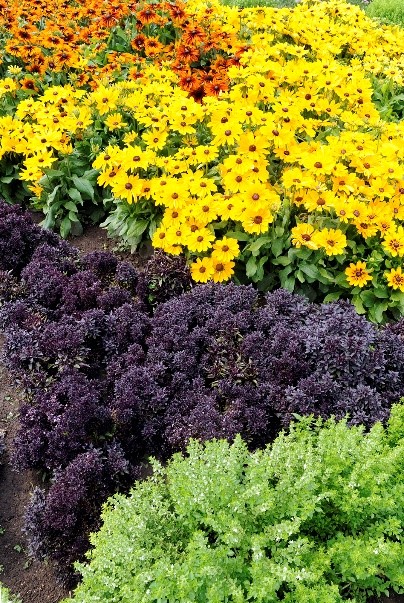
His former colleagues and students, the authors of these lines, still remember that Debrecen, the nearby Bihar county, the University of Debrecen, the salt marshes and the Great Plains in general played a distinguished role in the life and start of the great Hungarian ornamental plant breeder, who died seven years ago.
Based on an overview of the historical connections, it can be verified that Zoltán Kováts studied at two major botanical schools, three famous genetic-breeding schools, and several important horticultural schools. He was a talented student of great international and domestic masters, faithful until the end of his life, and a worthy follower of them. His research methods include the most modern tools of the day, including the arsenal of biotechnology. It has established extensive domestic and international cooperation with the world's scientific workshops, breeders, plant geneticists, horticultural organization with these and leading seed production companies.

The main assistant and right-hand man of Dr. Zoltán Kováts was István Hamar in the beginning, his place was taken by Kati Oláhné, who worked enthusiastically and conscientiously in the Annual Group for decades.
About 120 in the register of the Research Institute, dr. An annual ornamental plant bred by Zoltán Kováts is included. These are, with the exception of a few, so-called. they can be considered an "heirloom" variety. Patent or other protection of the varieties was not guaranteed from the beginning, so nowadays anyone can propagate and/or use them, therefore breeding new varieties is an important goal. The research and breeding work is under the direction of Dr. László Orlóci. The maintenance of annual ornamental plant varieties is still a state task, which gene bank activity is carried out by the Institute. Since the summer of 2020, this work has been carried out in a significantly improved professional and organizational framework.
Thanks to the above, the genetic maintenance of the varieties is ensured at the University for both domestic and foreign users, taking into account the relevant domestic and foreign rules for gene bank materials. Our institute sells the surplus seed that is indispensable for maintenance to interested parties, not as a main activity, but as a requested external service. Such users are usually municipalities, schools, and some old private producers and seedling companies. International companies are currently interested in our annual ornamental plant seeds, such as the Dutch seed company Hem Genetics, which has also selected two of our Fleuroselect gold medal varieties for distribution.
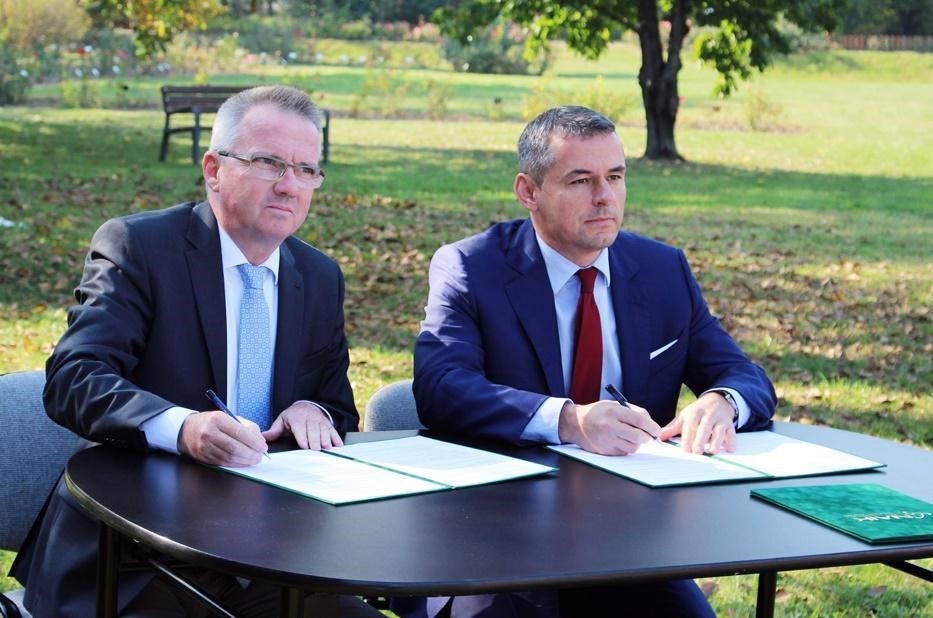
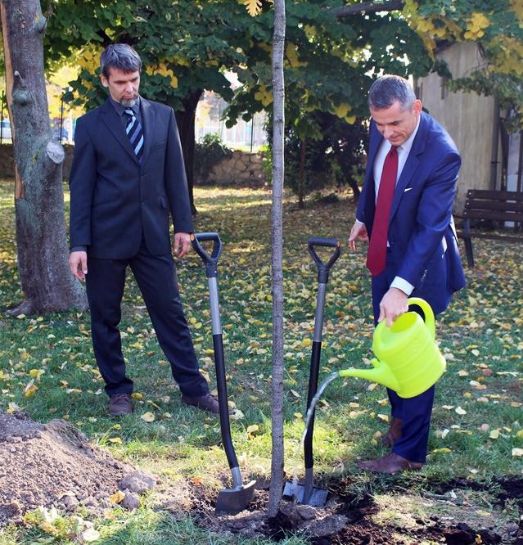
Inauguration of the memorial stone of Dr. Zoltán Kováts, simultaneous planting of a Hungarian oak in the Rose Garden
(the tree was a gift to our Institute from Alsótekeresi Arboretum)
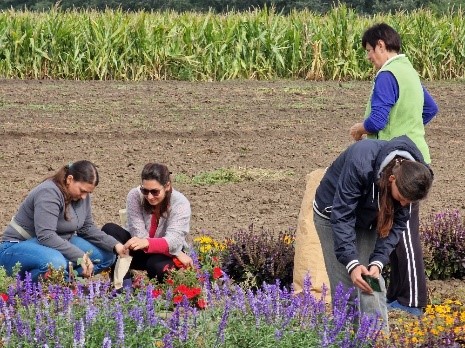
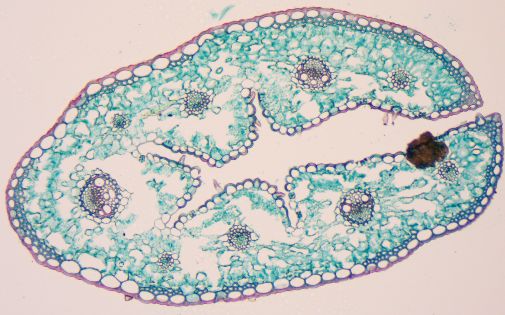
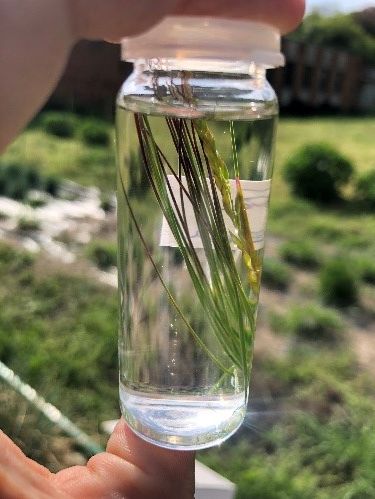
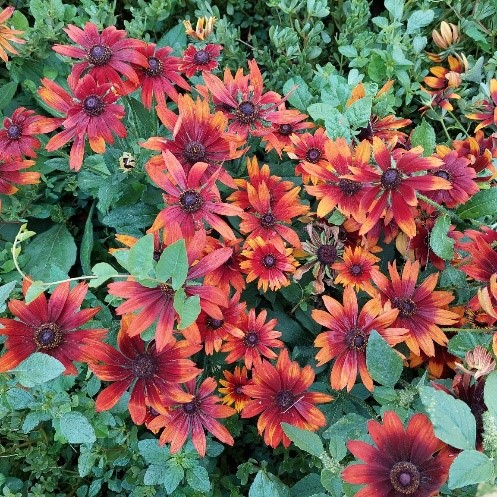
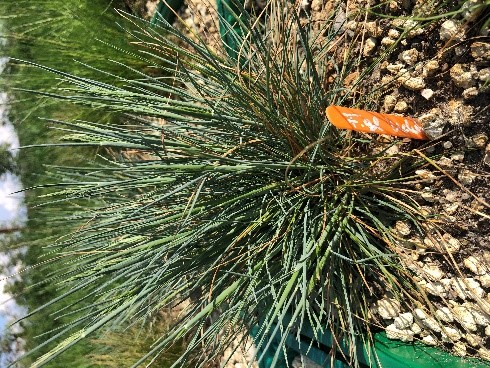
At the beginning of 2020, the rector of MATE, Prof. Dr. Csaba Gyuricza commissioned dr. László Orlóci, head of the National Association of Hungarian Ornamental Gardeners, to head the GYDKI Scientific Department of Ornamental Plant Growing, which is the legal predecessor of MATE
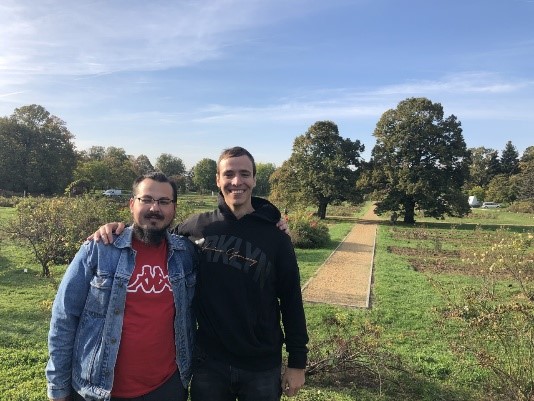
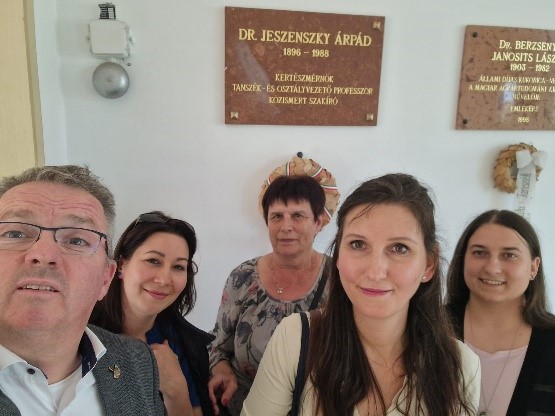
Under the leadership of Dr. László Orlóci, the cooperation between the interprofessional organization and MATE was raised to the highest possible level. The integration of the relevant field into the domestic and international tender contact system has begun. The new programs and tasks are developed jointly by the Research Institute, the interdisciplinary organization and production/industrial partners, primarily built around green infrastructure innovation and education and training.

